Eco-Friendly Solar Wall Lights–Brighten Up Your Outdoors Sustainably
As the world pivots towards sustainable living, homeowners are increasingly seeking eco-friendly alternatives to traditional outdoor lighting. Enter solar wall lights – a revolutionary solution that combines style, functionality, and environmental consciousness. These innovative fixtures harness the power of the sun to illuminate your outdoor spaces, offering a myriad of benefits that extend far beyond mere aesthetics. In this comprehensive guide, we’ll delve into the world of solar wall lights, exploring their advantages, applications, and why they’re becoming the first choice for environmentally conscious homeowners.
Grasping the Benefits of Solar Wall Lights
Solar wall lights, also known as solar LED wall lights, are rapidly gaining popularity in the realm of outdoor illumination. These cutting-edge fixtures offer a plethora of advantages that make them an attractive option for homeowners looking to enhance their exterior spaces while minimizing their environmental footprint.
One of the most significant benefits of solar wall lights is their energy efficiency. By utilizing the sun’s rays to power their operation, these lights eliminate the need for traditional electricity sources, resulting in substantial energy savings over time. This not only reduces your carbon footprint but also translates to lower utility bills – a win-win situation for both the environment and your wallet.
Installation of solar wall lights is a breeze compared to their wired counterparts. With no need for complex electrical wiring or professional installation, these lights can be easily mounted on any exterior wall or surface. This simplicity not only saves time and money but also allows for greater flexibility in terms of placement and design.
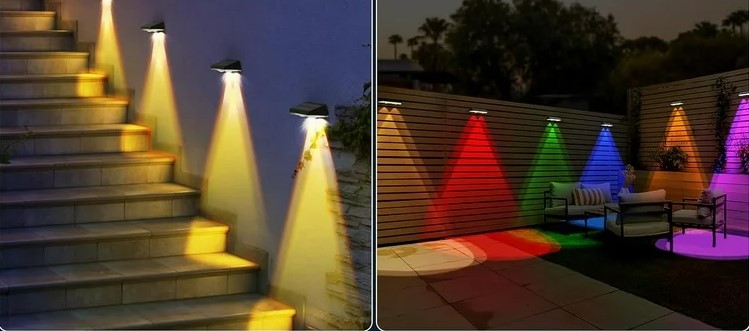
Maintenance is another area where solar wall lights shine. Their durable construction and lack of intricate electrical components mean they require minimal upkeep. Most models are designed to withstand various weather conditions, ensuring longevity and reliability throughout the seasons.
The versatility of solar wall lights is truly remarkable. Available in a wide array of styles, sizes, and designs, these fixtures can complement any architectural aesthetic, from rustic charm to modern minimalism. Whether you’re looking to accentuate your home’s façade, illuminate pathways, or create a cozy ambiance in your outdoor living spaces, there’s a solar wall light to suit your needs.
Harnessing Solar Power: How Solar Wall Lights Work
To truly appreciate the ingenuity of solar wall lights, it’s essential to understand the technology behind them. At their core, these lights operate on a simple yet effective principle: converting sunlight into usable electrical energy.
The process begins with the solar panel, typically mounted on top of the light fixture. This panel is composed of photovoltaic cells that capture sunlight during the day. As photons from the sun strike these cells, they excite electrons, creating an electric current. This current is then stored in a rechargeable battery within the light fixture.
When darkness falls, a built-in photosensor detects the absence of sunlight and triggers the light to switch on automatically. The stored energy in the battery powers the LED bulbs, providing illumination throughout the night. High-quality solar wall lights are designed to operate for 8-12 hours on a full charge, ensuring consistent lighting even during overcast days or shorter winter daylight hours.
The efficiency of solar wall lights has improved dramatically in recent years, thanks to advancements in solar panel technology and LED efficiency. Modern solar panels can convert up to 20% of the sun’s energy into electricity, a significant increase from earlier models. Similarly, LED bulbs have become increasingly energy-efficient, providing brighter light while consuming less power.
Many solar wall lights now incorporate smart features to optimize their performance. Adaptive brightness controls adjust the light output based on the remaining battery charge, ensuring the light lasts through the night. Some models even include USB ports for charging mobile devices, adding an extra layer of functionality to these already versatile fixtures.
Choosing the Perfect Solar Wall Light for Your Space
With the myriad of solar wall light options available on the market, selecting the right one for your needs can seem daunting. However, by considering a few key factors, you can ensure that you choose a solar wall light like solar LED wall lights that not only meets your functional requirements but also enhances the aesthetic appeal of your outdoor space.
Lumens, the measure of light output, is a crucial consideration when selecting a solar wall light. The ideal lumen count depends on the intended use of the light. For accent lighting or subtle ambiance, 50-100 lumens may suffice. However, for security lighting or illuminating larger areas, you might want to opt for fixtures with 300 lumens or more.
Battery capacity is another important factor to consider. A larger battery capacity allows the light to store more energy, ensuring longer operating hours, especially during periods of limited sunlight. Look for lights with high-capacity lithium-ion batteries, as these tend to offer better performance and longevity compared to other battery types.
The design of the solar panel itself can significantly impact the light’s efficiency. Adjustable solar panels allow you to optimize the angle for maximum sun exposure, potentially increasing the light’s performance. Some advanced models even feature separate solar panels that can be placed in sunnier locations, connected to the light fixture via a cable.
Consider the light’s color temperature when making your selection. Warm white light (2700-3000K) creates a cozy, inviting atmosphere ideal for entertaining areas. Cool white light (5000-6500K), on the other hand, provides clearer visibility and is better suited for security purposes.
Durability is paramount for outdoor fixtures. Look for solar LED wall lights with robust construction, preferably made from materials like aluminum or high-quality ABS plastic. Check the IP (Ingress Protection) rating to ensure the light can withstand exposure to the elements. An IP65 rating or higher is recommended for outdoor use.
Smart features can add significant value to your solar wall lights. Motion sensors, for instance, can conserve battery life while enhancing security. Dimmable options allow you to adjust the brightness to suit different occasions or times of night. Some advanced models even offer smartphone connectivity, allowing you to control your lights remotely.
When it comes to style, the options are virtually limitless. From sleek, modern designs to rustic, lantern-style fixtures, there’s a solar wall light to complement every architectural style. Consider the overall aesthetic of your home and outdoor space when making your selection.
Installation requirements should also factor into your decision. While most solar wall lights are designed for easy DIY installation, some larger or more complex models may require professional mounting. Ensure you’re comfortable with the installation process before making your purchase.
Conclusion
Solar wall lights represent a brilliant fusion of sustainability, functionality, and aesthetics. By harnessing the power of the sun, these innovative fixtures offer an eco-friendly solution to outdoor illumination, reducing energy consumption while enhancing the beauty and security of your exterior spaces. As technology continues to advance, we can expect solar wall lights to become even more efficient and versatile, further cementing their place as an essential component of modern, sustainable home design. For more information or to discuss your specific lighting needs, don’t hesitate to reach out to the BITPOTT team at info@forigat.com.
References
- U.S. Department of Energy. (2021). “Solar Lighting.” Energy.gov. https://www.energy.gov/energysaver/solar-lighting
- National Renewable Energy Laboratory. (2022). “Solar Photovoltaic Technology Basics.” NREL.gov. https://www.nrel.gov/research/re-photovoltaics.html
- International Dark-Sky Association. (2020). “Outdoor Lighting Basics.” DarkSky.org. https://www.darksky.org/our-work/lighting/lighting-for-citizens/lighting-basics/
- American Lighting Association. (2022). “Outdoor Lighting.” LightingAssociation.com. https://www.lightingassociation.com/consumers/outdoor-lighting/
- U.S. Environmental Protection Agency. (2021). “Energy Star Certified Light Bulbs.” EnergyStar.gov. https://www.energystar.gov/products/lighting_fans/light_bulbs

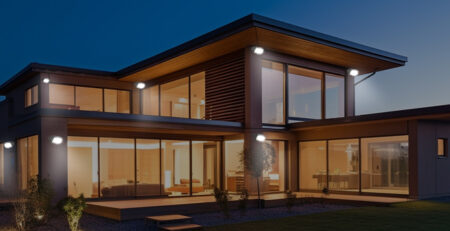
-6-3-450x231.webp)

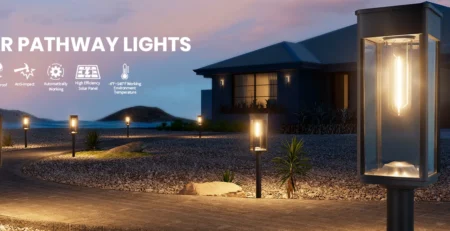


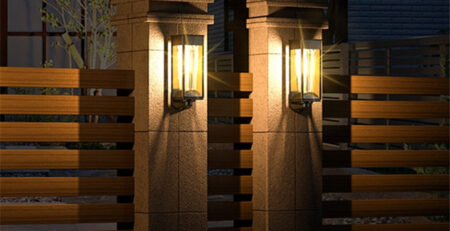
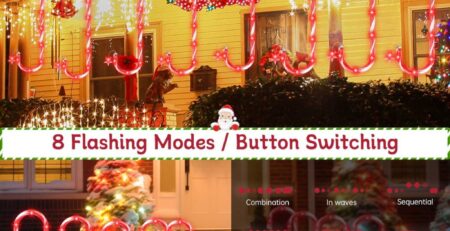

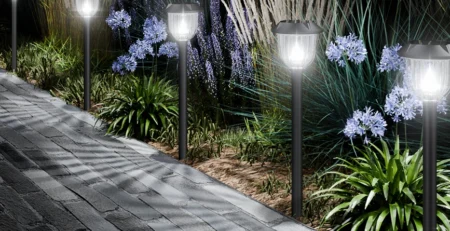
Leave a Reply